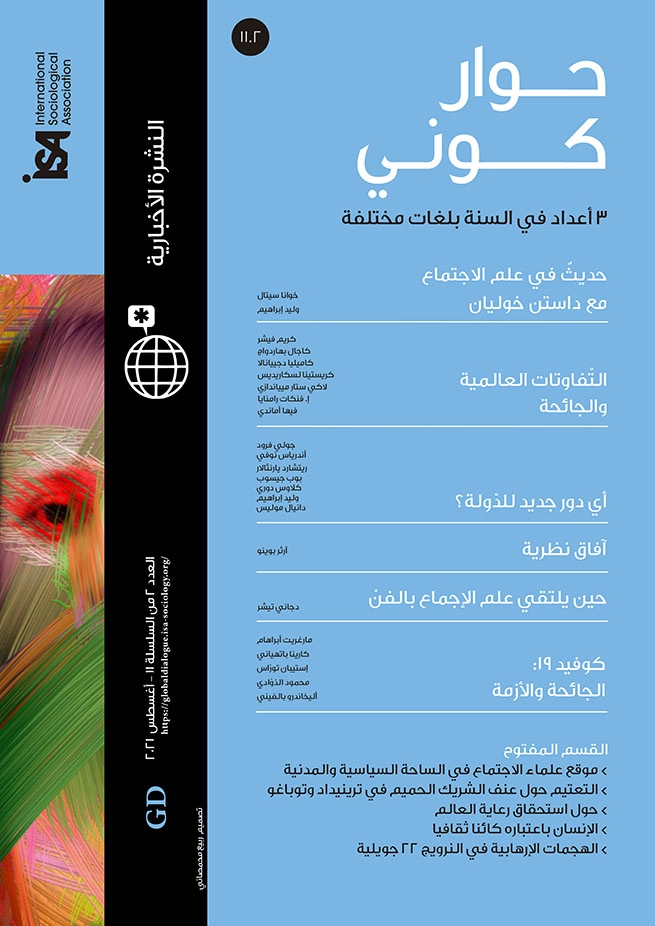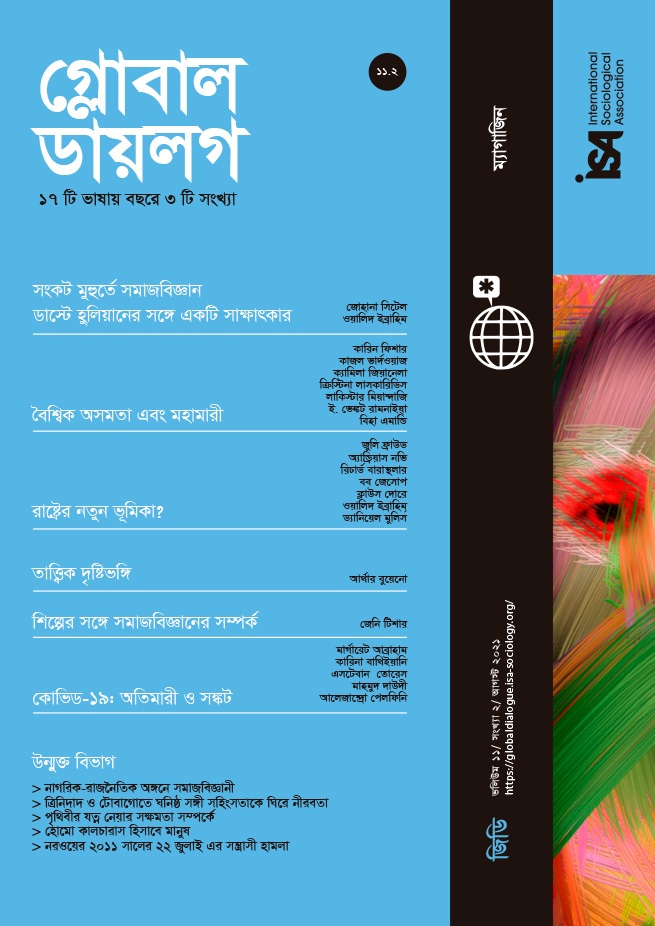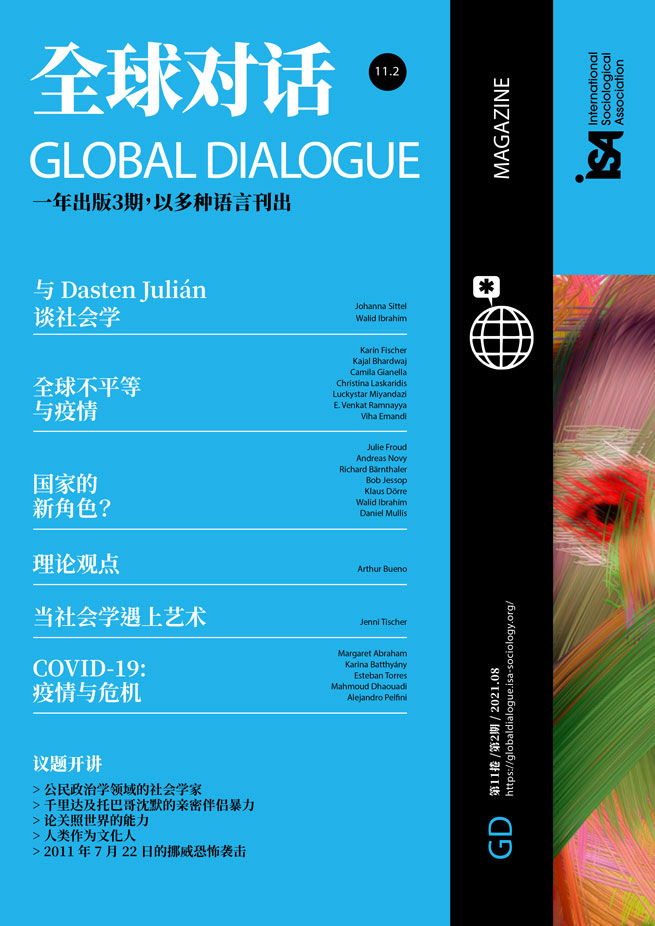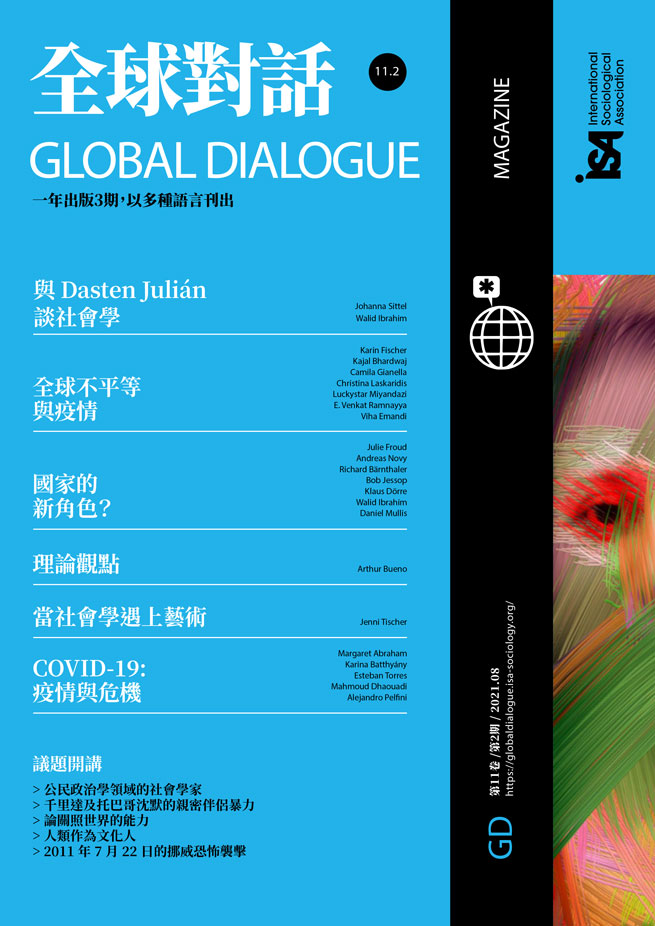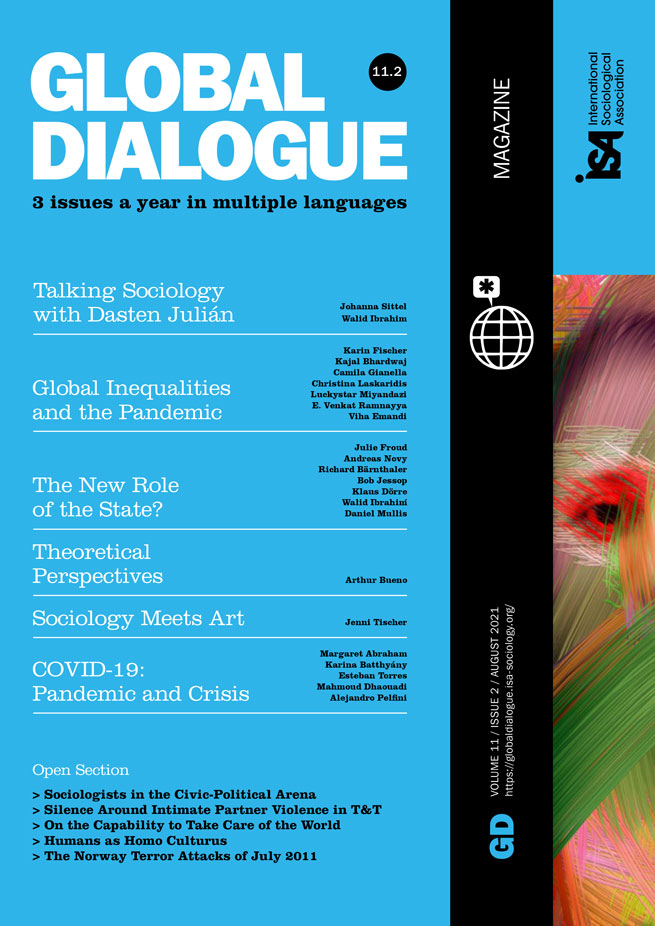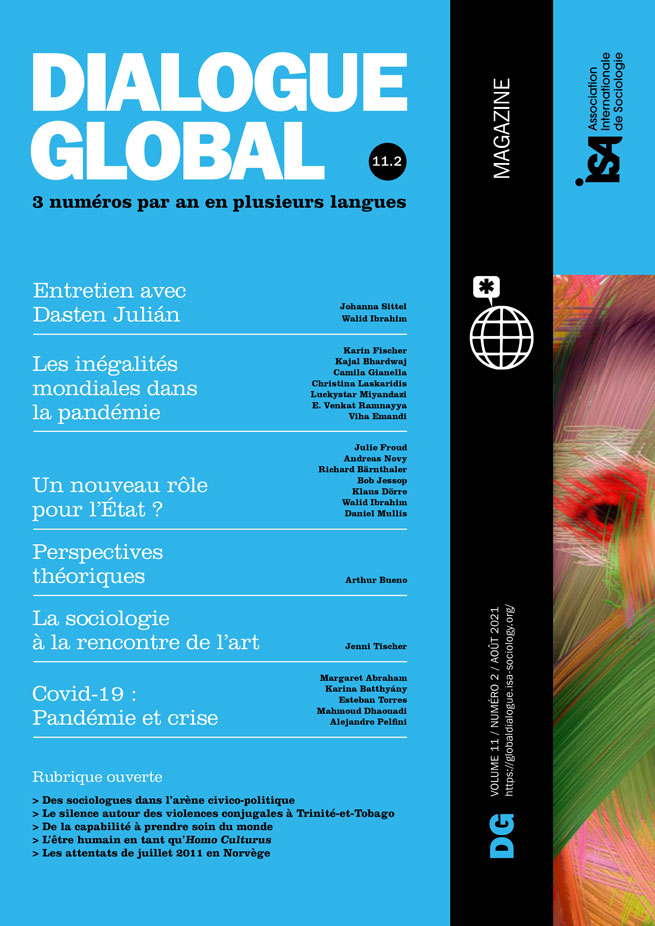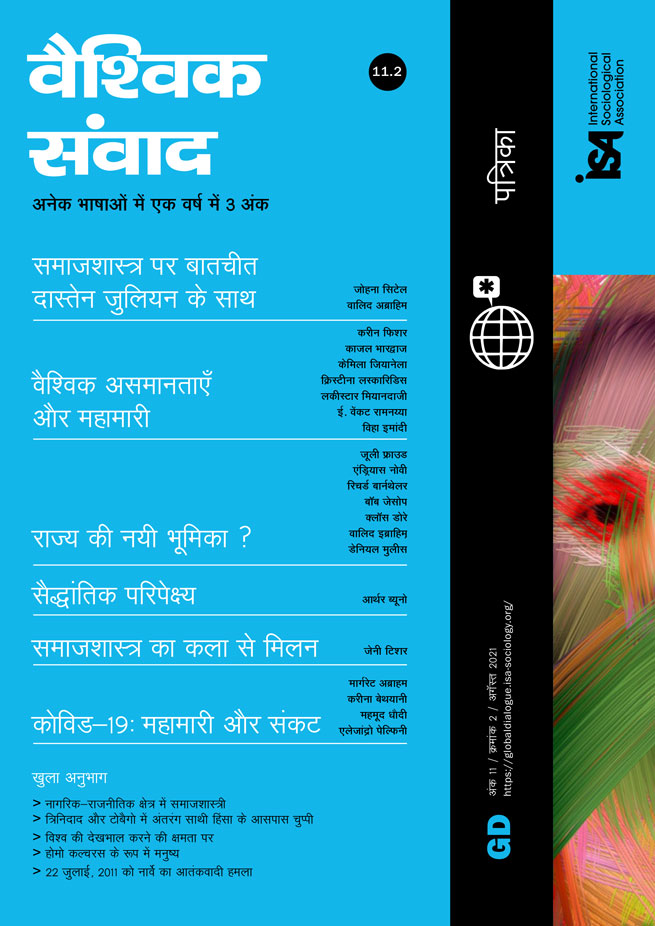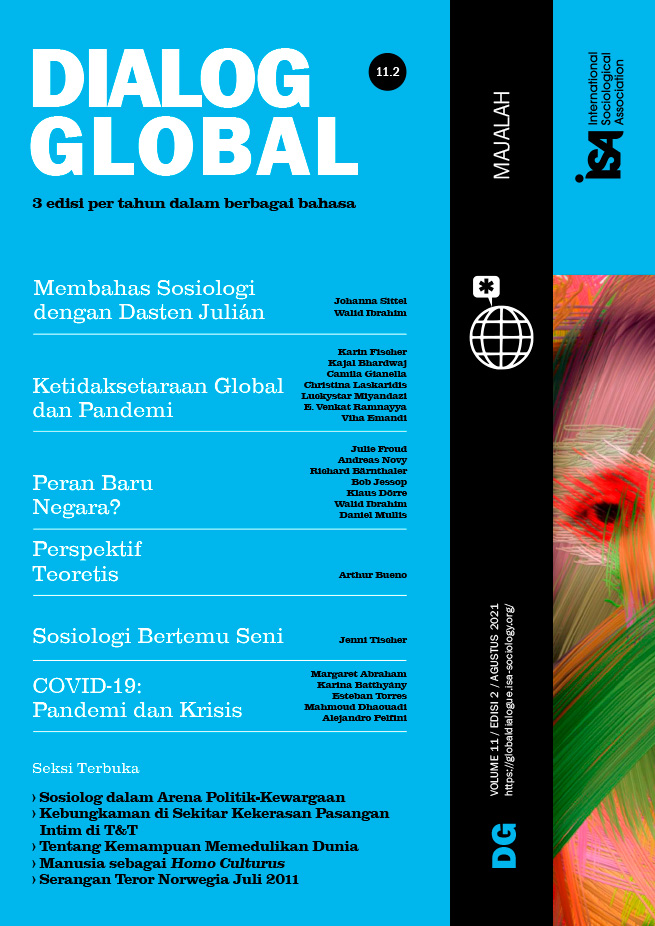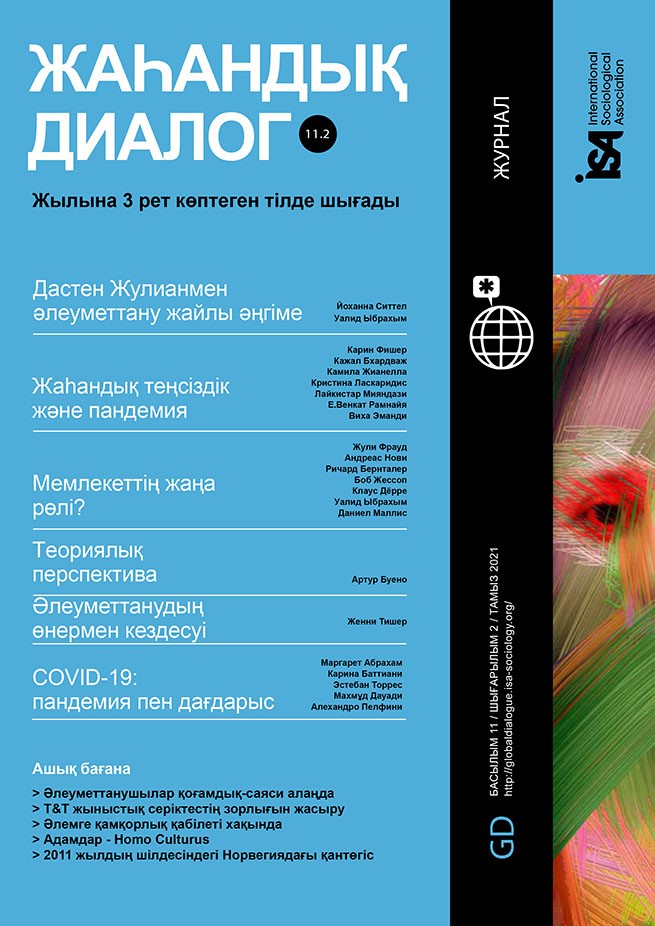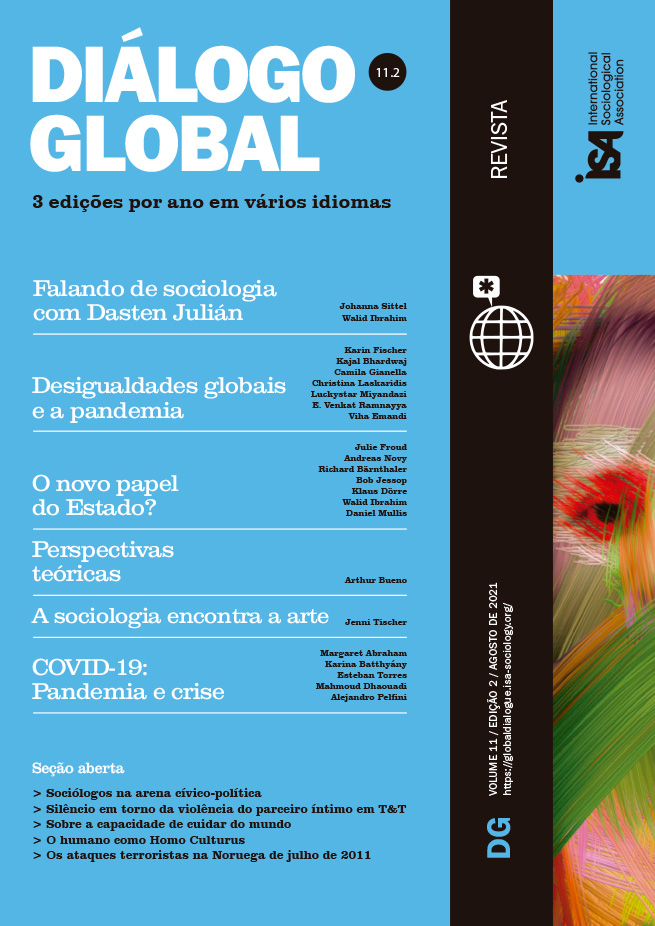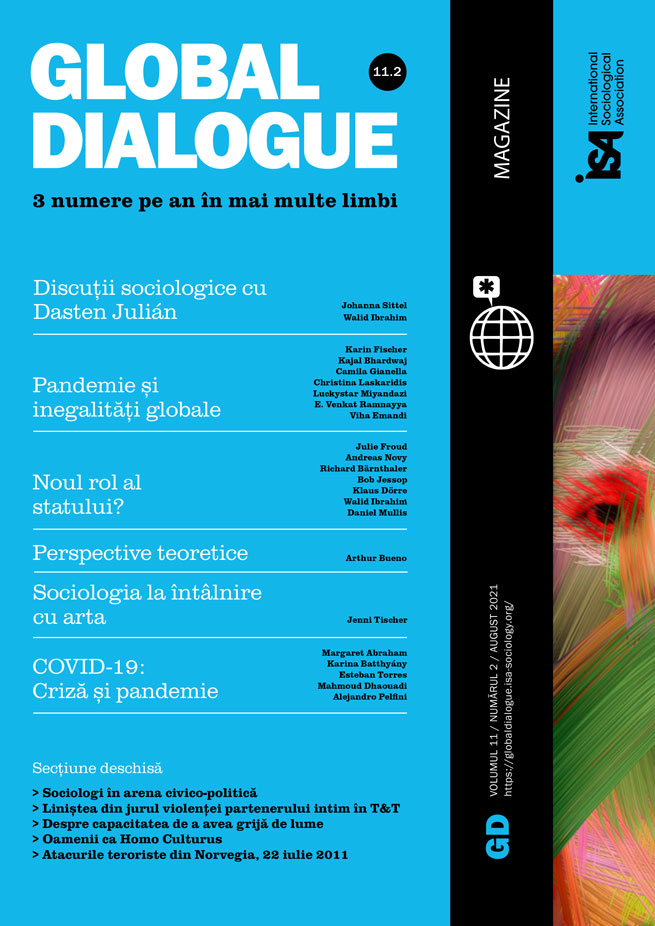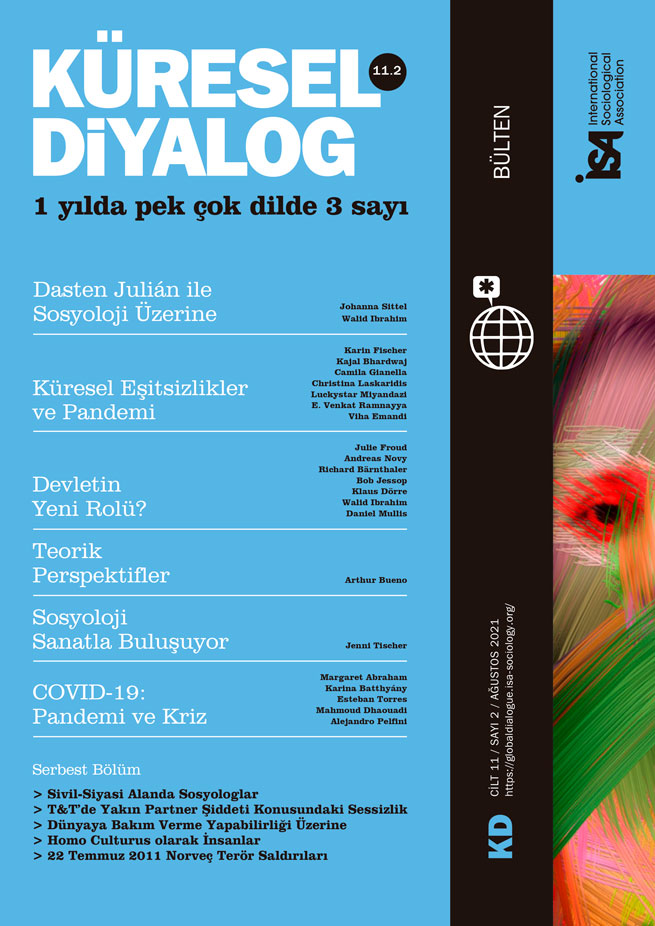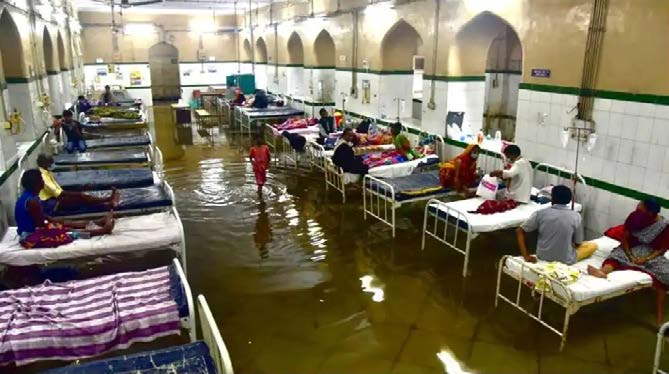If and when the pandemic ebbs, life will be far from normal. Human, livelihood, and property loss will be enormous as has been proven in India when people faced the twin disasters of COVID-19 and floods. In 2020, in the midst of COVID-19, India faced the wrath of nature when heavy rains and cyclones occurred in several states of India resulting in livelihood loss, crop loss, and loss of human lives. This multiplied the impact on millions of migrants who came back to their villages in the wake of COVID-19 and could not sustain themselves. The relief operations by the government and civil society organizations were not adequate to deal with such gigantic twin disasters. Nature has finally pulled the rug from under our feet. COVID-19 is undoubtedly a public health catastrophe and calls for enhanced investment in public health. But, fundamentally, the pandemic reflects ecological disequilibrium. Evidence has accumulated that loss of biodiversity and ever-increasing human incursions into the natural world have contributed heavily to the outbreak and spread of epidemic diseases like COVID-19. Understanding ecology and evaluating environmental change will be key to identifying future potential pandemics. COVID-19 also reinforces the need to pay far greater attention to the biosciences that underpin agriculture, health, and the environment.
The pandemic lockdown and reverse migration
In India, the vulnerable communities of migrants and particularly women and children had to face multiple kinds of psychological and economic stress. It is known that the majority of women work in the informal sector of the economy; when the reverse migration took place, a large number of women could not find any employment in their village once they returned from the cities due to the lockdown. This contributed to women’s depression, despair, and economic uncertainty. During the same period, a 100% rise in complaints of domestic violence was reported, while women could not get any social assistance from social institutions. Limited contact with their natal family due to marginal access to smartphones and the unavailability of formal support contributed to raising anxiety and suicidal behavior amongst women. A large number of adolescent girls and young women called 1098, a child helpline support center for protection from physical and mental abuse. Health-care institutions could not address problems other than COVID-19 and poor women had to rely on their own means, spending large sums of money on both the treatment of COVID and childbirth. Malnutrition amongst women and children was rampant as the government relief was not adequate and school closures meant that children did not receive the school midday meal. Partial starvation of families was visible, with the absence of employment leading to the depletion of their meagre savings for survival.
Floods
Even in urban areas like Hyderabad city, the vulnerable population in slums and tiny settlements had to abandon their homes as the floodwaters entered them. Many of these poor communities have lost their employment and household articles, and have had to shift temporarily to new locations and undergo a terrible amount of physical, psychological, and economic stress. The floods are the result of faulty planning, with the promotion of construction on drainage canals and water tanks having further reduced the carrying capacity of the urban environment. Further, the series of cyclones and floods that took place in India from 2014 onwards is the result of both anthropogenic emissions not only in India but also other parts of the world, as well as of unplanned developmental activities in the country. As an example, the massive floods of the Kosi river in the eastern state of Bihar in August 2014 were the result of heavy rainfall in Nepal, where the river originates, and the release of 28 lakh cusecs of water there. The resultant flooding of the Kosi’s embankments affected some 225,000 people, who lost lives, crops, livestock, and property.
Governments must act
The time has come for policy makers to wake up to the climate change situation and collectively work towards restoration of ecology and environment. We are hopeful that the US will have a new commitment to this under the leadership of President Biden. At the fifteenth G-20 summit in November 2020, the Indian Prime Minister called for a new global index for the post-COVID world, which would incorporate a strong emphasis on respecting nature with the spirit of trusteeship of “Mother Earth.” Another element would be the creation of a vast talent pool, ensuring technology reaching all segments of society and more importantly “the transparency in the governance.” The establishment of the Coalition for Disaster Resilient Infrastructure (CDRI) with 18 countries and four international organizations as members will give infrastructure damage during natural disasters the attention it has not received so far. It will be especially important to saving lives and livelihoods in poorer countries impacted disproportionately by disasters.
Global policies may take time, but the way forward in India should be to redefine the concept of the “poverty line” and work towards achieving an “empowerment index.” The empowerment index would include the fulfillment of eight basic fundamental needs: health care, sanitation, housing, basic nutrition, clean energy, education, safe drinking water, and social security. The corporate sector must support the government in achieving these basic needs; rather than rushing to win contracts for vaccine development, companies should work toward sustainable development to produce qualitative results so that access to the vaccine can be “the first right” of the vulnerable population. Corporate Social Responsibility (CSR) funds must be utilized to enhance health infrastructure, access to vaccines, and adoption of and mitigation activities for both COVID-19 and climate change. The Indian government must enhance its health budget from the present 1% to at least 5% of GDP to meet post-COVID-19 health challenges. In the words of the women members of the self-help groups our organization works with, the government must provide them “a safe place to live, better access to basic needs, and initiation of contingency measures to fulfill their immediate fundamental necessities.”
E. Venkat Ramnayya, Youth For Action, India <vedvon@yahoo.co.in>
Viha Emandi, Youth For Action, India <viha.emandi@gmail.com>




